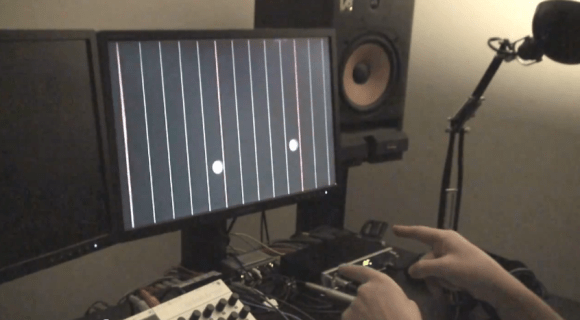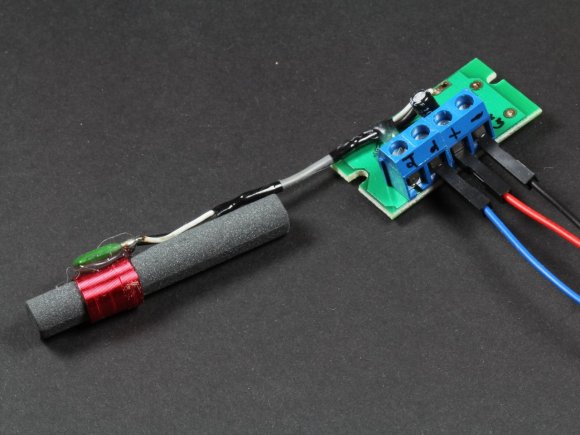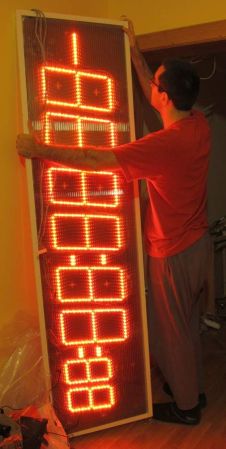
He’s just pointing in this image, but this Air Harp can be played using many fingers as once. It’s a demonstration which [Adam Somers] threw together in one weekend when working with the Leap Motion developer board. We first heard about this slick piece of hardware back in May and from the looks of it this is every bit as amazing as first reported.
Part of what made the project come together so quickly is that [Adam] had already developed a package called muskit. It’s a C++ toolkit for making music applications. It puts the framework in place what we hear in the video after the break. The weekend of hacking makes use of the positional data from the Leap Motion and handles how your digits interact with the virtual strings. You can watch as [Adam] adds more and more strings to the virtual instrument for his finger to interact with. The distance from the screen is what decided is your finger will pluck or not. This is indicated with a red circle when your fingertip is close enough to interact with the phantom string.
Get your hands on the code from his repositories.
















